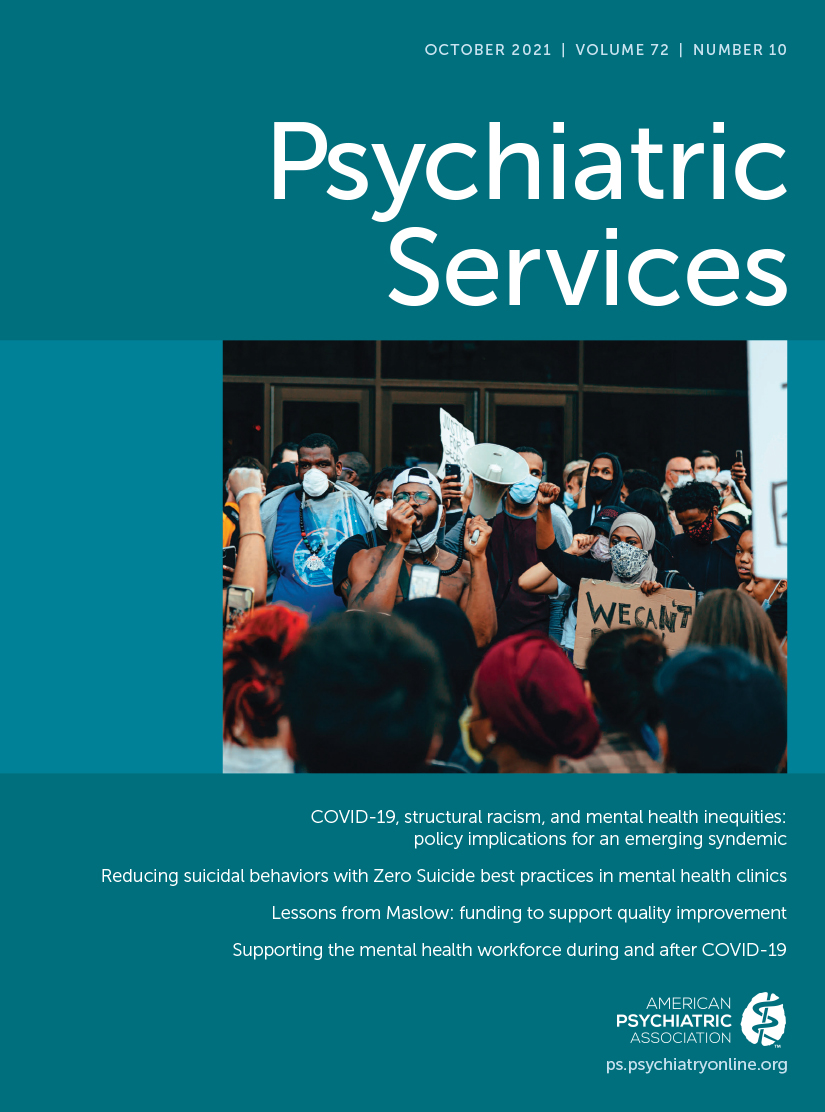Implementing Evidence-Based Interventions to Improve Vocational Recovery in Early Psychosis: A Quality-Improvement Report
Abstract
Objective:
After young adults experience a first episode of psychosis, many express a need for help with education and employment. A quality improvement collaborative (QIC) launched in the Netherlands aimed to reinforce vocational recovery by improving participation in education and employment and by enhancing cognitive skills and self-management. This study examined methods used to implement interventions, barriers and facilitators, and implementation outcomes (fidelity, uptake, and availability).
Methods:
The Breakthrough Series was the model for change. Three evidence-based interventions were implemented to achieve targeted goals: individual placement and support (IPS), cognitive remediation, and shared decision making. Fidelity scores were obtained with fidelity scales.
Results:
Eighty-five professionals and 332 patients representing 14 teams treating patients with early psychosis were included in the 24-month QIC. Of this group, 252 patients participated in IPS, 52 in cognitive remediation, and 39 in shared decision making. By month 22, teams attained moderate-to-high mean fidelity scores, with an average of 3.2 on a 4-point scale for cognitive remediation, 3.7 on a 5-point scale for IPS, and 4.9 on a 6-point scale for shared decision making.
Conclusions:
Over 24 months, use of a Breakthrough QIC to implement three interventions aimed at improving vocational recovery in teams delivering services for early psychosis yielded mixed results in terms of uptake and availability and moderate-to-high results in terms of fidelity. When implementing these types of interventions in this population, a multifaceted implementation model and a focused testing phase for computerized interventions appear needed, preferably with a maximum of two interventions implemented simultaneously.



